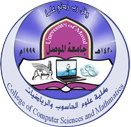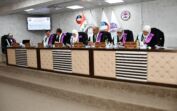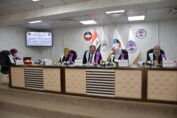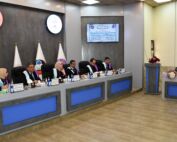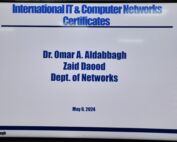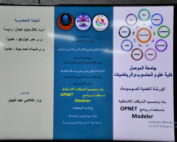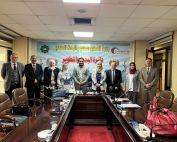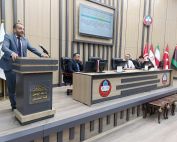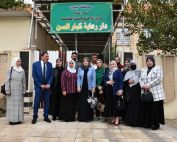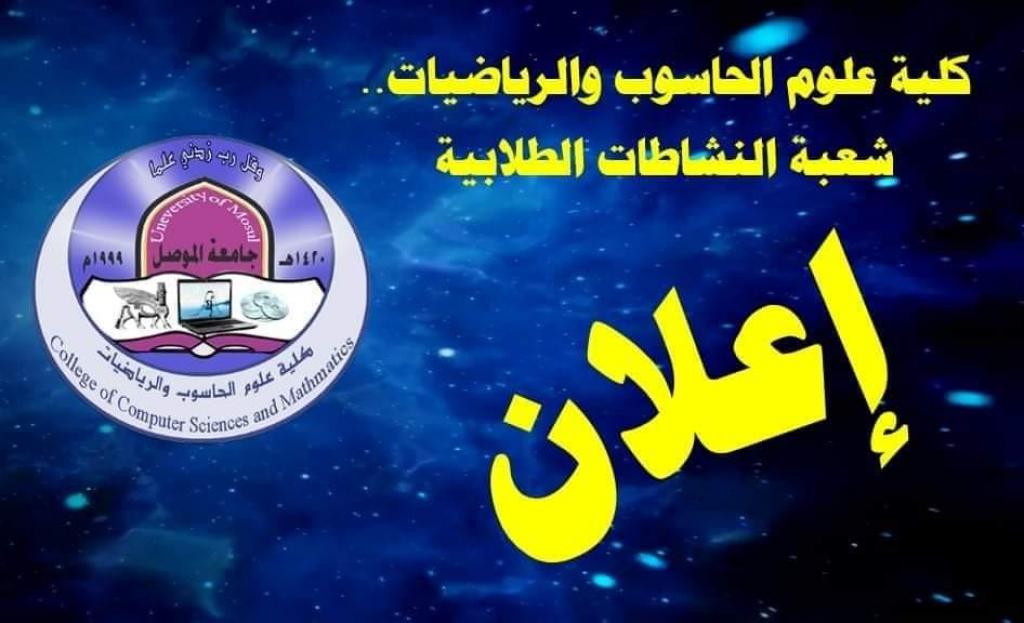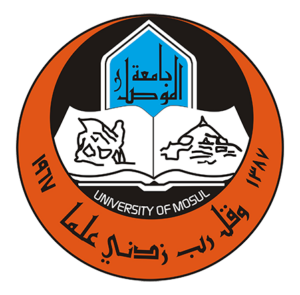4 April، 2024
Doctorial Dissertation by student Afaf Nasser Youssef Abdullah
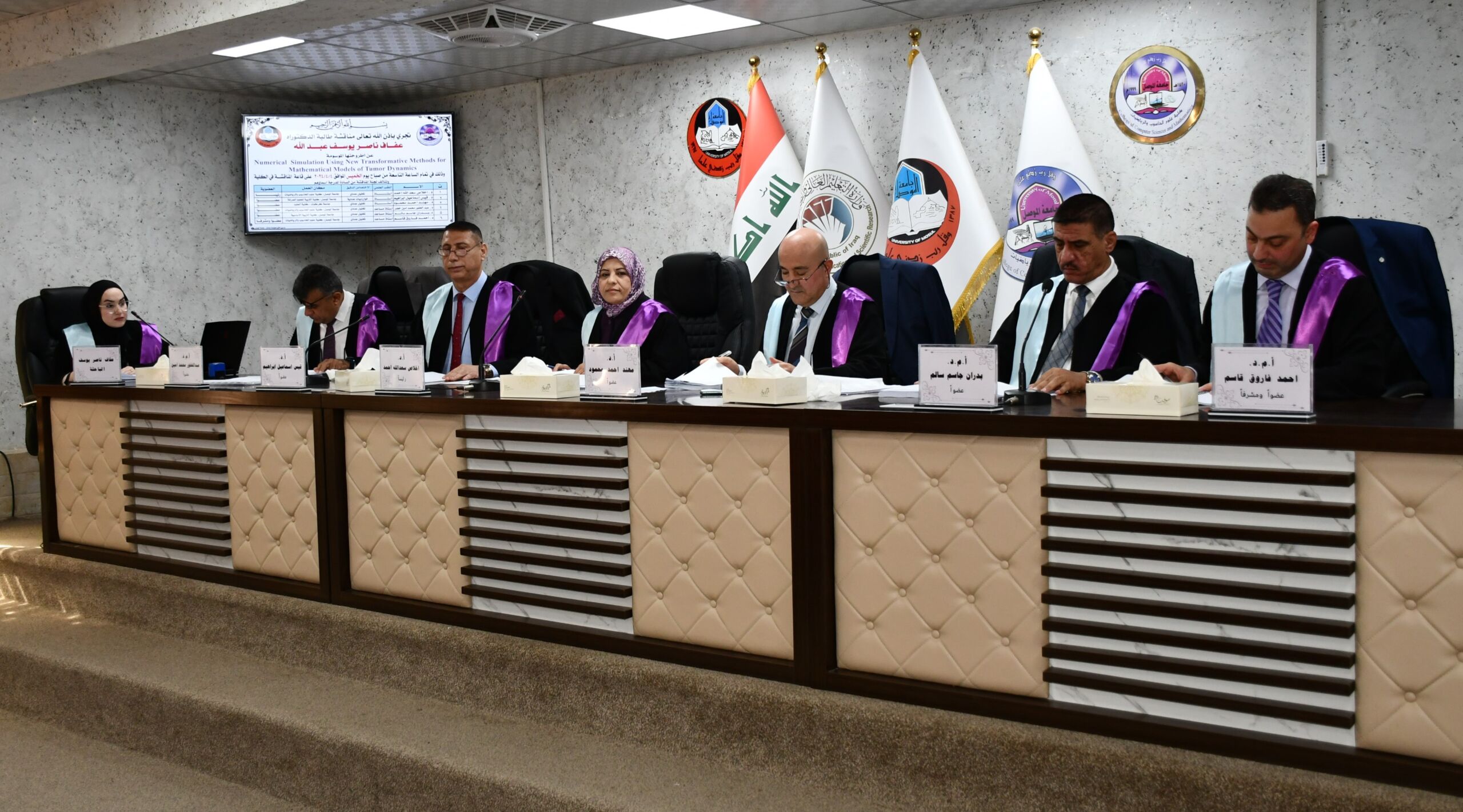
Discussion of a Doctorial Dissertation in the College of Computer Science and Mathematics – Department of Mathematics Sciences entitled:
” Numerical Simulation Using New Transformative Methods for Mathematical Models of Tumor Dynamics “
In continuation of the scientific research movement and with the follow-up and presence of the Dean of the College of Computer Science and Mathematics
Prof. Dr. Duha Bashir Abdullah The Esteemed
It was discussed in the discussion room at the Faculty of Computer Science and Mathematics at the University of Mosul on Thursday 4-4-2024
Doctorial Dissertation by student Afaf Nasser Youssef Abdullah
, under the supervision of Ass. Prof. Dr. Ahmed Farooq Qasim
This thesis is concerned with proposing new general transformations used in solving ordinary and partial differential equations and applying them to solve a mathematical model of nonlinear partial differential equations that describes avascular tumor growth, symbolized by (ATG).
A modification of the avascular tumor growth model was proposed to simplify and treat the nonlinear fractions of the model and find the exact solution based on the Exponential function method.
Both the Successive Approximations and Variational iteration methods have been modified by reducing the calculation of integration in calculations and relying on the previous steps to reduce the effort and time used in the calculations. Formulas have also been derived based on the combination of the Laplace transform and the Successive Approximations method, as well as the Laplace transform and the Variational iteration method to solve a model of avascular tumor growth. The accuracy of the results we obtained is demonstrated through tables and graphics.
Two new formulas for the transforms were also proposed based on the previous transformations, the most important of which is the Laplace transform, and a study of their convergence with the characteristics and advantages of each transformation. The first formula for the transform, symbolized by (A), allows generalizing the exponential function in Laplace to a more general function, as it deals with various matters such as the forms of functions and instability and other.
The second formula for the proposed transform, symbolized by (Polynomial A), helped reduce the time and effort used in finding the solution to ordinary and partial differential equations through the ease of dealing with polynomials.
In addition, formulas for the proposed transform (A) were derived to solve partial differential equations with variable coefficients and applied to solving the avascular tumor growth model with a combination of the two methods: Successive Approximations and the Variational iteration method with transform (A), which greatly facilitated the process of solving the system.
In addition, a genetic algorithm was used to search for the effect of parameters in reducing the incidence of avascular tumor growth and to find the best appropriate values and intervals for each parameter and its effect on the behavior of the disease.
The scientific committee included the following members:
prof. Dr. Ekhlass S. Ahmed – Chairman
prof. Dr. Qais Ismail Ibrahim – Member
prof. Dr. Muhannad A. Mahmud – Member
Ass. Prof. Dr. Abdulghafor M. Ameen – member
Ass. Prof. Dr. Badran Jasim Salim – Member
Ass. Prof. Dr. Ahmed Farooq Qasim – Member and supervisor
